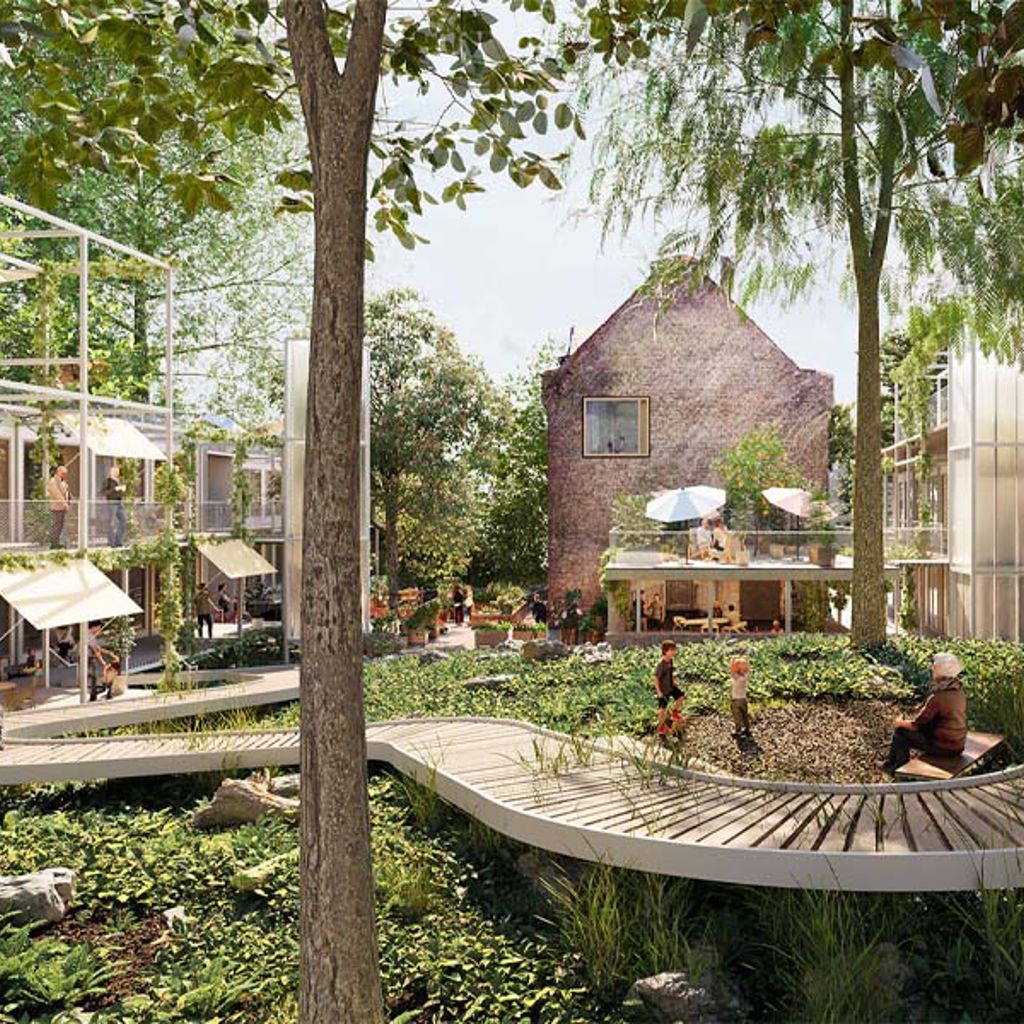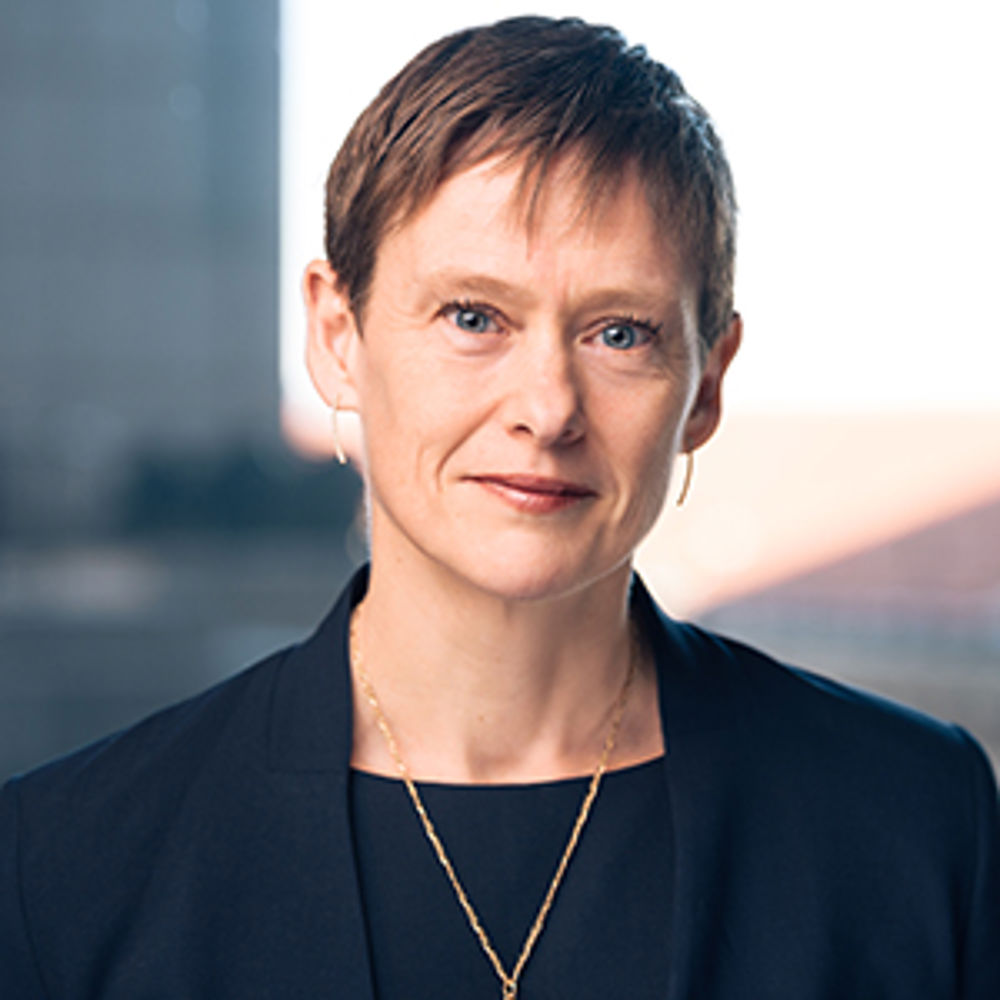How do we radically reimagine building performance?
We need a new definition of building performance, one that will allow us to reshape our ambitions for buildings and achieve true sustainability.

As designers and engineers, the solutions we develop determine how a building will operate, often for many decades. Yet even with the best design intentions, buildings do not always perform as we need them to. Building performance is complex, the outcome of owner and developer expectations, tenant and purchaser requirements, cost and technological constraints, and occupants’ habits of use.
Urgency to transform the buildings sector is growing. It’s clear that we need an expanded sense of the value buildings create, and therefore new definitions of performance. What might that encompass and how does the industry convene developers, investors, regulators and users to achieve the changes we need make? How do we unlock and realise these future forms of value?
Yesterday’s practices, tomorrow’s buildings?
To change expectations, to raise our game, we need to recognise the situation the industry finds itself in. We face dissonant goals – the world is expected to add about 2.6 trillion ft2 (241 billion m2) of new floor area to the global building stock, the equivalent of adding an entire New York City to the world, every month, for 40 years. At the same time, the industry recognises the need to pivot to building less, to increasing the retrofit of existing structures, and to engineer smarter. These changes are vital if we’re to achieve net zero buildings, implement truly regenerative design, and continue to meet the needs of users and communities over time. Piecemeal tweaks to building systems will not be enough.
Predicting the future is always hard, but the built environment is playing catch-up to a list of societal, economic and environmental trends, all of which challenge current practices, investment choices and call for innovation. Arup was commissioned by the Chartered Institution of Building Services Engineers (CIBSE) to consider these issues in a joined-up way..
Our report – Building Performance Reimagined – develops and explores some radical ideas about what we should expect from the buildings we invest in. Our team has drawn on our expertise in design, building services engineering (MEP), economics, architecture, social trend forecasting and many other related disciplines. We conducted interviews and led workshops with industry experts to create a richly detailed picture of the change that is needed and how it might be achieved.
We now have evidence that single-use buildings with limited functionality do not appreciate in value.
Gina Bocra
Chief Sustainability Officer at New York City Department of Buildings
These insights and scenarios have been built on some core principles, ones that we can already begin to discern across society, economy and our industry. The report calls for a shift in focus from individual benefit to collective social usefulness. Design solutions that don’t just serve human goals, but align with the needs of nature. A pivot from consumption, to restoration and regeneration. Fundamentally, a shift from compliance-based to performance-led design.
Who makes the case?
Traditionally, building services engineers have not been the loudest voice in these high-level questions about an asset’s purpose, form and value. Yet as a community of professionals, we have a huge wealth of insight that can help make the case for change. Performance insights coupled with insights about the future make this a vital collaboration between engineers, designers, clients, investors, and regulators. Our report explores how the balance of incentives need to shift across these diverse groups to achieve radical change in building performance. In particular, it identifies four groups whose actions and goals require change.
For the industry, its regulators and policymakers, there need to be financial incentives to prioritise a more effectively sustainable and resilient approach to design and operation. As it stands, inactive or vacant buildings and spaces are simply allowed to emerge and remain unaddressed. Pricing in these practices and externalities would reshape our choices.
For institutional bodies, there’s potential to convene a wider cohort of economists and technical innovators to quantify the hidden costs of current building service design – this would reveal the true social and natural costs of traditional practices.
Engineering and design companies need to adopt more flexible, digital solutions to the way building services are implemented into today’s designs – creating lower cost opportunities for retrofit, improvement and alteration for future users.
For individual building design practitioners, there’s a need to be ready to challenge the status quo. Everyone needs to be able to ask: ‘Is this design solution flexible for the future? Does it serve the widest number of goals and ensure the asset’s ongoing relevance?’
A new vision?
Building performance, or how a building works, has always played a defining role in buildings’ long-term value. But in future, ‘value’ can’t simply mean buildings’ operating costs or resale price. During discussions we led as part of our research for CIBSE, a wide range of experts arrived at four key pillars that, together, establish a more powerful definition of value:
- Variety of spaces, uses, and influences; flexibility, adaptability, and multiplicity of use. Healthy and resilient ecosystems reject ‘sameness’ and use difference to their advantage.
- Readiness for changing conditions, tangible and intangible threats, risks, and uncertainties. Healthy and resilient ecosystems prevent harm from harsh environments or extreme events, and mitigate disruption.
- Connectedness to local infrastructure, context and community – to people, devices, smart objects and infrastructure, within and around. Healthy and resilient ecosystems are connected to other complex systems whilst nurturing internal networks and relationships.
- Emergence of new materials, uses, and ideas from what already exists. Learning and adapting throughout a property’s life cycle. Healthy and resilient ecosystems generate, restore, and regenerate, unlocking local abundance and balancing supply and demand.
By exploring these dimensions of building performance we are arriving at a deeper, more comprehensive definition of why buildings matter and what we should expect from them in terms of form, operation, resilience and user experience. We hope that this report stimulates much-needed conversations at all levels of our industry, so that we all expand our ambitions for building performance and meet the needs of a changing society.
Download Building Performance Reimagined
Fiona Cousins is the CIBSE President for 2024-2025
Get in touch with our team
Issues
We explore some of the biggest questions facing the built and natural environments:
Insights
Explore more property insights
Achieving net-zero buildings: An action plan for market transformation

Unlocking value in buildings: developing the business case for building circular

Achieving Zero-Carbon Buildings: Electric, Efficient, and Flexible

Bringing nature inside: how CapitaLand uses biophilic design to cool buildings and boost wellbeing




